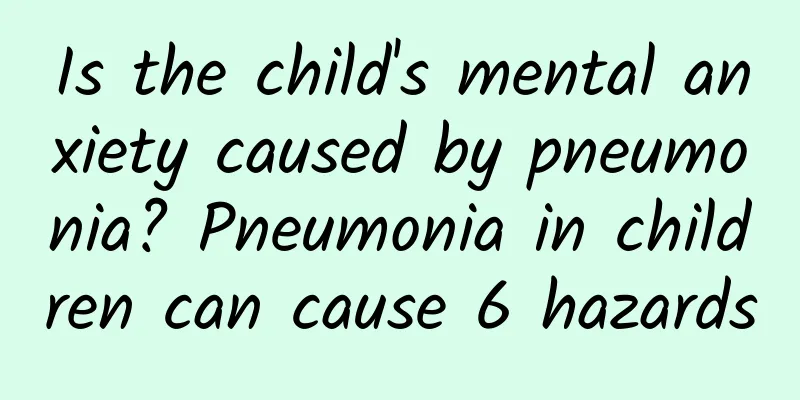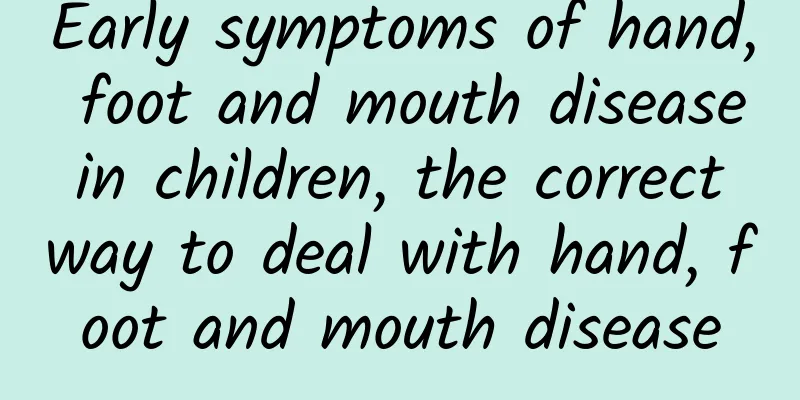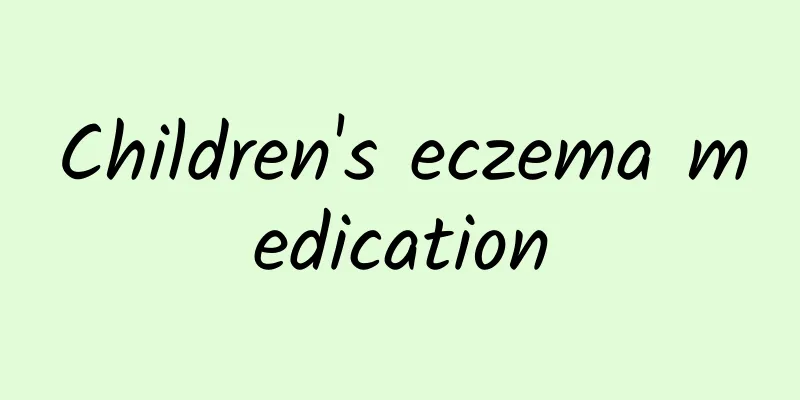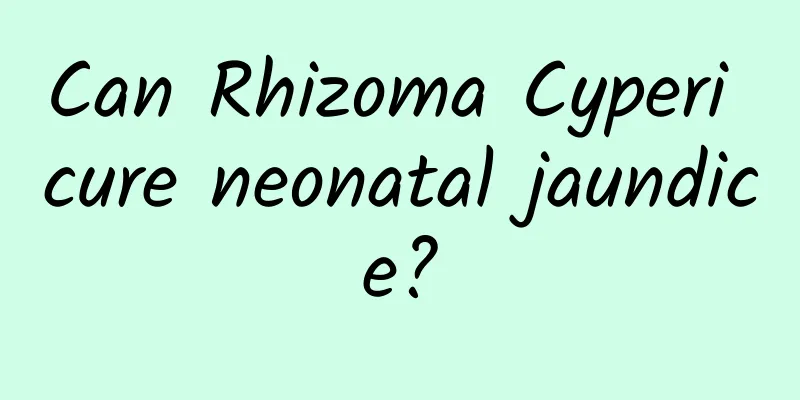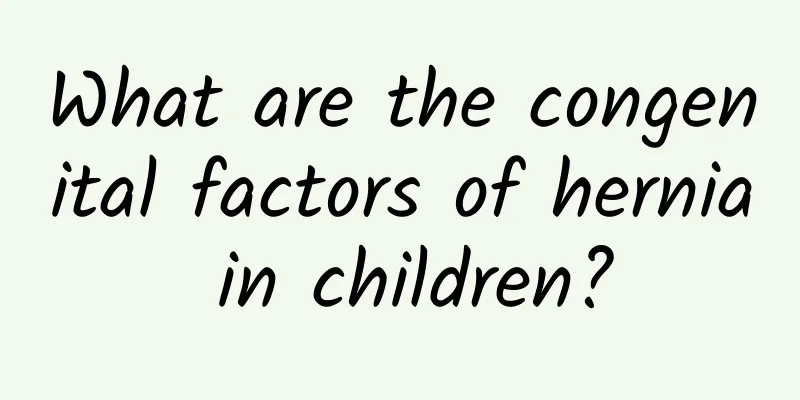What are the causes of neonatal jaundice? Uncover the main causes of neonatal jaundice
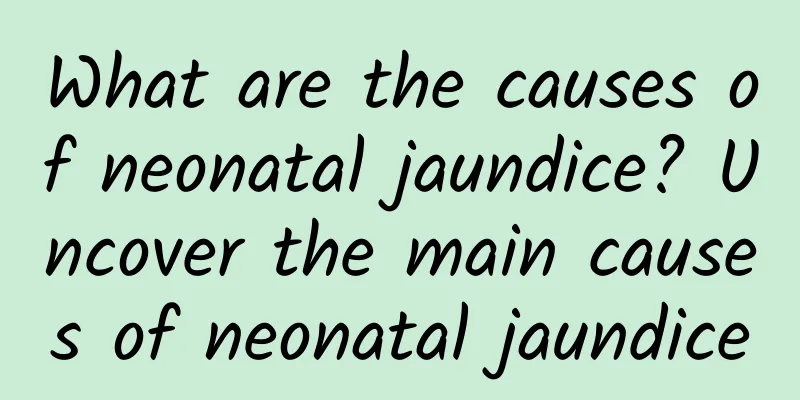
|
Parents should be familiar with the causes of neonatal jaundice. So, what are the causes of neonatal jaundice? What are the causes of neonatal jaundice? 1. Excessive bilirubin production (1) Excessive destruction of red blood cells: The fetus is in a low-oxygen environment in the mother's womb, and the red blood cells increase in compensation, but their lifespan is short. After birth, the blood oxygen content increases and the excessive red blood cells are quickly destroyed. (2) High heme oxygenase content: The content is high within 7 days after birth, and the potential for producing bilirubin is high. 2. Immature liver function (1) Poor liver ability to absorb bilirubin: Insufficient levels of Y and Z proteins in liver cells result in insufficient liver absorption of bilirubin. (2) Poor liver function of conjugating bilirubin: The content of glucuronyl transferase in the liver is low and its activity is insufficient, resulting in poor function of forming conjugated bilirubin. (3) Poor liver excretion of bilirubin: Poor liver excretion of conjugated bilirubin can easily lead to cholestasis. 3. Characteristics of enterohepatic circulation: When a newborn is born, the normal intestinal flora has not yet been established and cannot convert the bilirubin entering the intestine into urobilinogen (fecal bilirubin). Normal value of neonatal jaundice The normal value of jaundice in full-term babies is different from that in premature babies. Usually, the normal value of jaundice in full-term newborns is 12.9 mg/100 ml, which means that the bilirubin level in 100 ml of blood is less than 12.9 mg. The normal value of jaundice in premature babies is 15 mg/100 ml of blood, which means that the bilirubin level in 100 ml of blood is less than 15 mg. When the baby's jaundice value exceeds 12.9mg/dl or the neonatal jaundice index rises too quickly (rising more than 5mh/dl per day), or the jaundice lasts longer than the 14 days for full-term babies and the 4 weeks for premature babies, or the jaundice disappears and reappears, it means that the newborn is unhealthy and may suffer from pathological jaundice. (Do you want to receive authoritative parenting knowledge from pediatric experts from tertiary hospitals every day? Long press the picture above and scan the code) |
Recommend
Self-help methods for acute laryngitis in children
When acute laryngitis occurs in children, keeping...
What should I do if my baby coughs badly at night? How should I treat my baby's cough at night?
Children are prone to coughing, and every time th...
What causes neonatal jaundice? What should I do?
What causes neonatal jaundice? What should I do? ...
How to tell if your baby has jaundice
First, you need to pay attention to whether the b...
Common causes of diarrhea in children
Summer is the peak season for pediatric diarrhea,...
Can children's cold granules cure cough? In addition to taking medicine, there are 3 things to do for children's cold and cough
Children have poor resistance, so they are more l...
What can children eat to grow taller? Eating more of these 5 foods can help increase children's height
If you want to promote your child's growth, y...
Is polio contagious?
Poliomyelitis is an infectious disease caused by ...
What are the symptoms of jaundice?
What are the symptoms of jaundice? This is a ques...
Where to treat acute laryngitis in children
Once a disease like acute laryngitis in children ...
How to treat hand, foot and mouth disease in children?
Children with hand, foot and mouth disease need t...
How to effectively treat pneumonia in children
Many people have just become new fathers and moth...
How to treat ADHD in children
The treatment of tics and ADHD in children is a t...
What tests should be done for diarrhea in children
There are fewer children in the family nowadays, ...
How to take medicine for diarrhea in children? Follow these medication principles for diarrhea in children
Pediatric diarrhea is a common pediatric disease....


